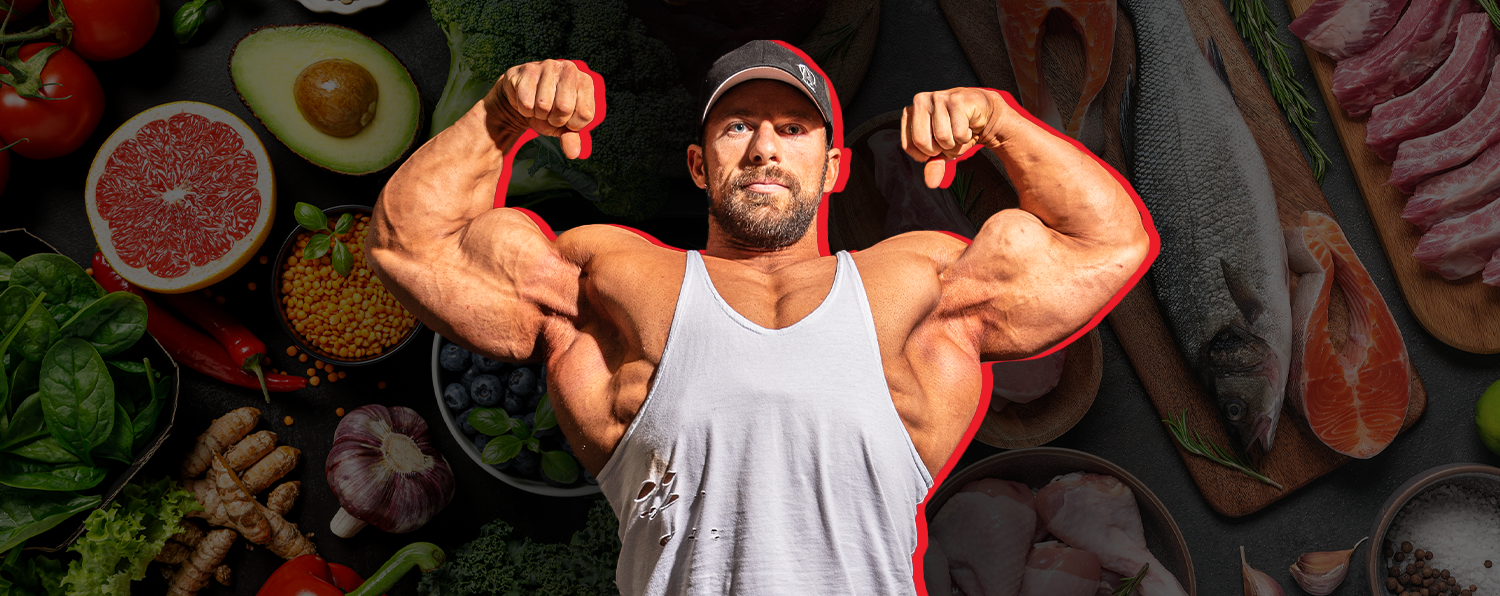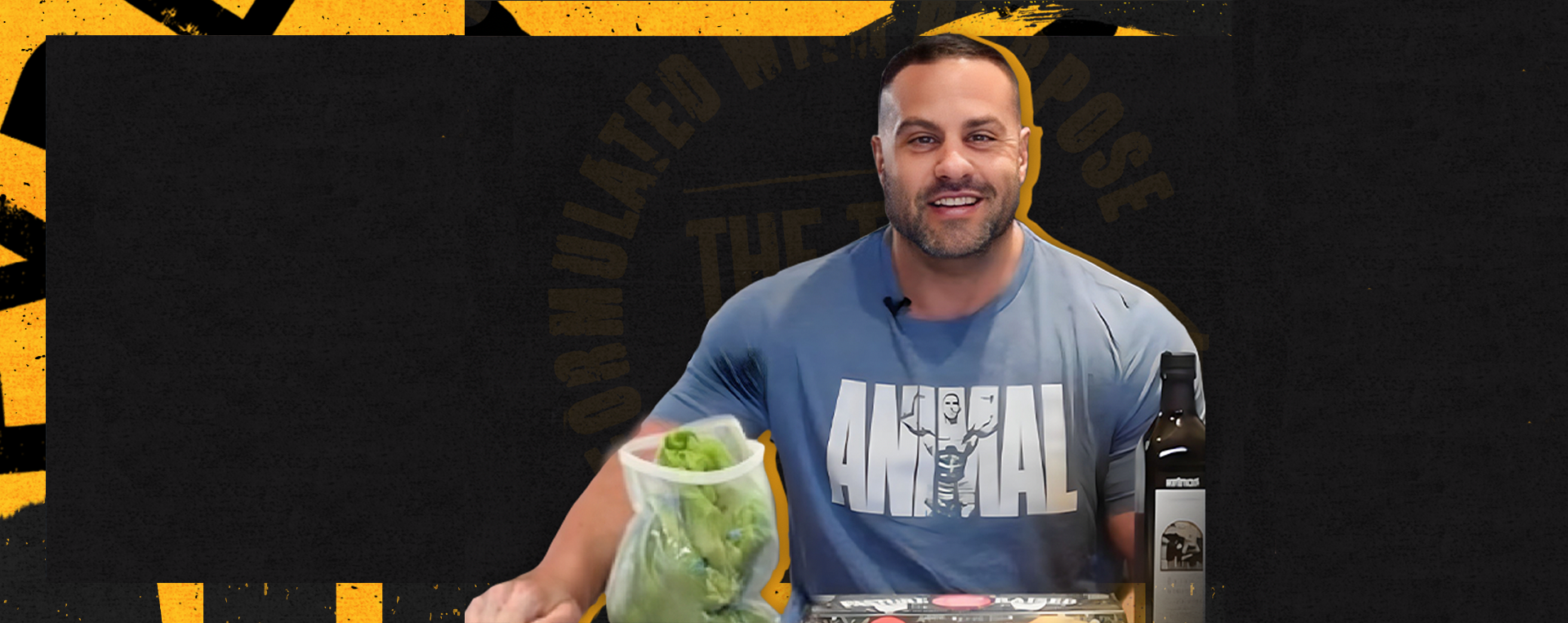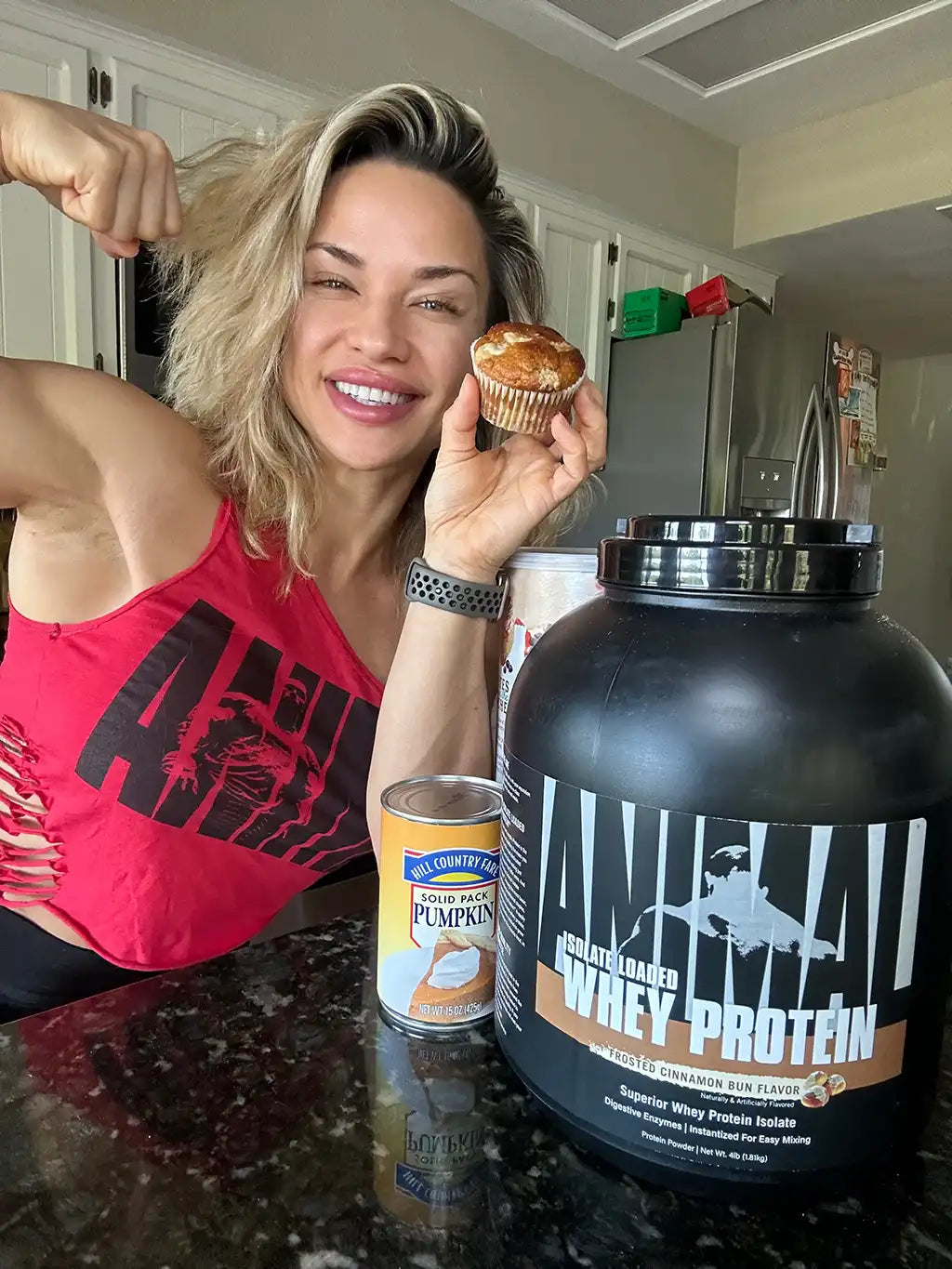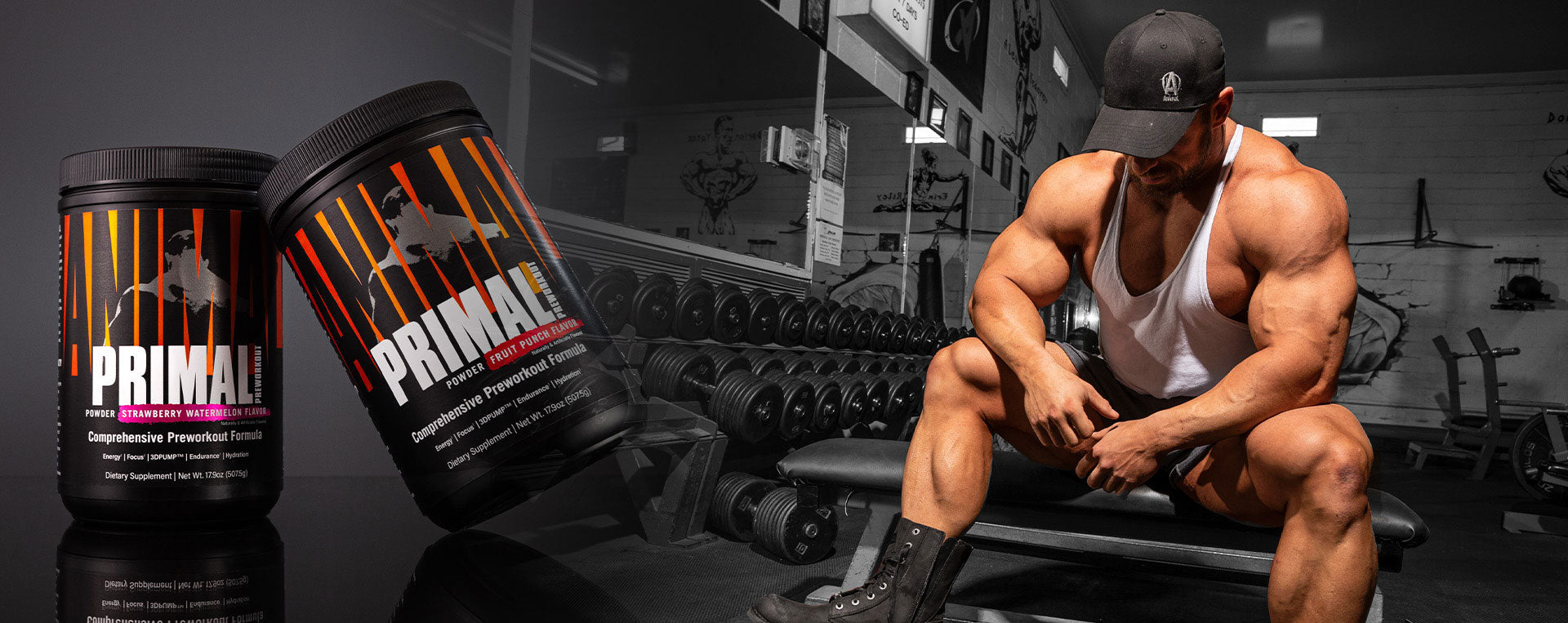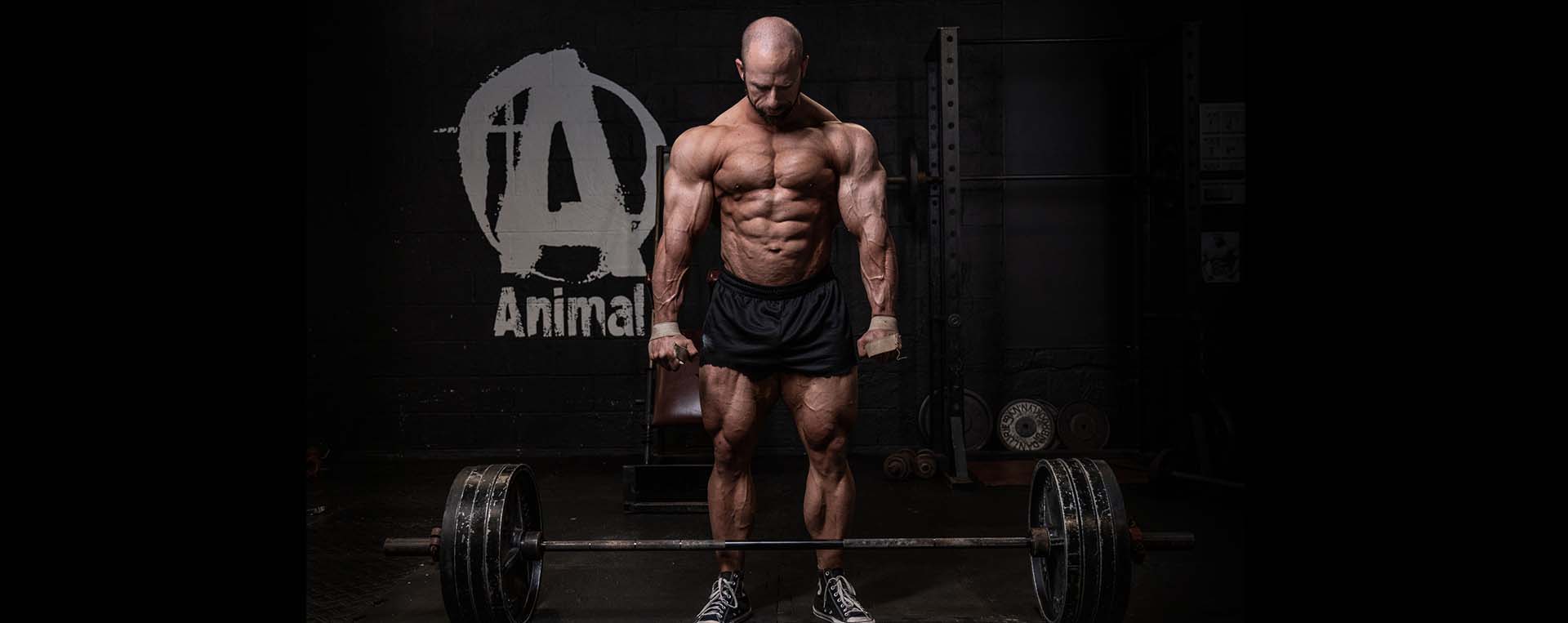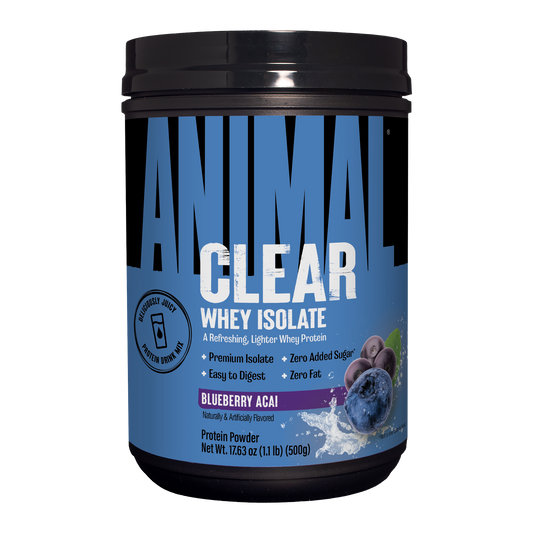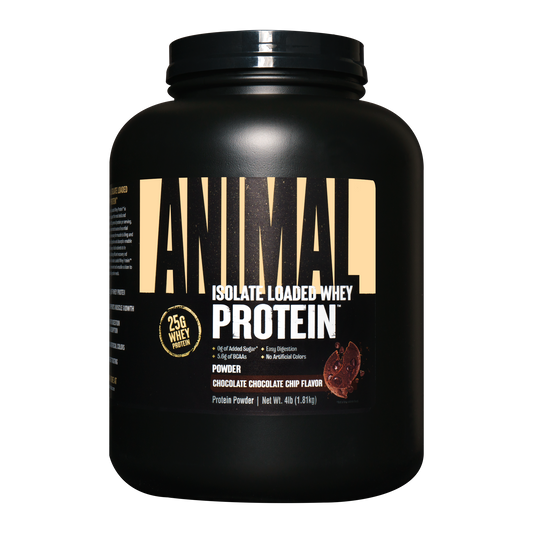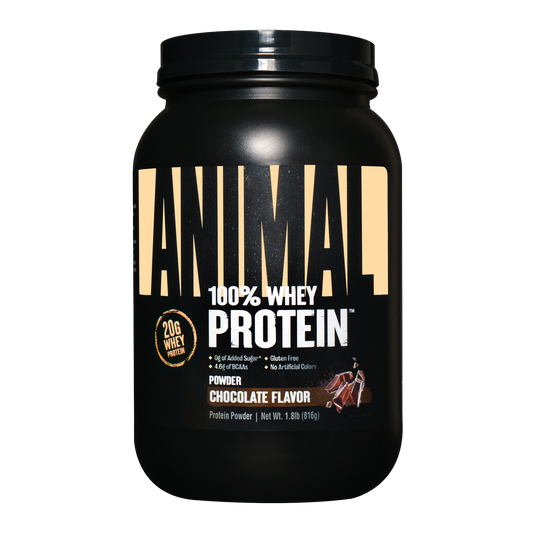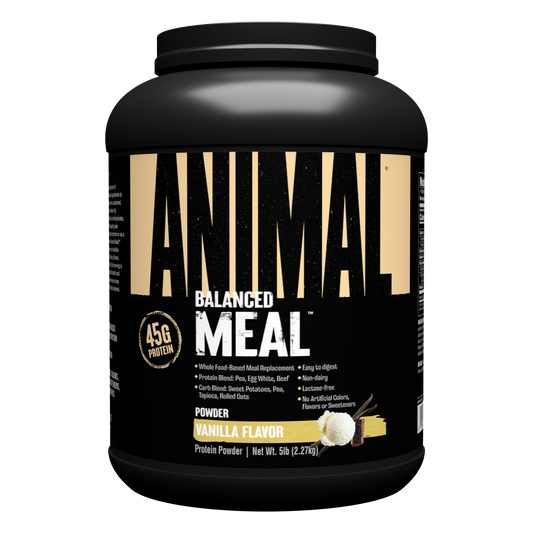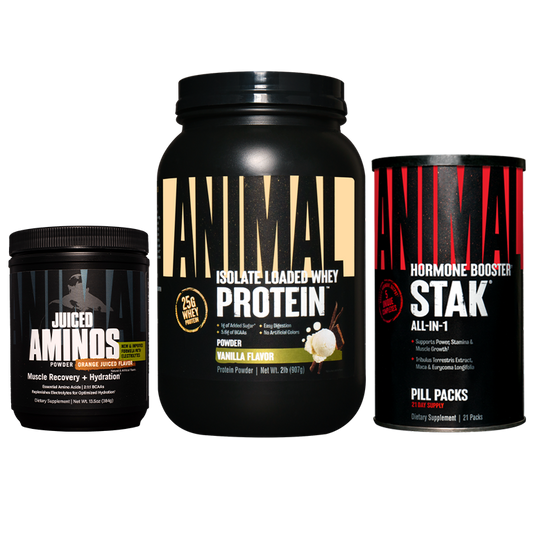Mustard
I love my mustard on prep. One teaspoon is labeled zero calories—hell yeah, freebie! Mustard is actually not calorie free, but this is allowed to be labeled “calorie free” under FDA labeling. Under FDA labeling, if a serving contains fewer than 5 calories it can be labeled as containing zero calories. Mustard contains 3 calories per teaspoon, so don’t pound down a bottle of mustard per day.Seasonings
Seasonings are another item that have a small enough serving size to be listed as calorie free, but many still contain calories. Read your food labels closely. I have found seasonings that are labeled zero calorie with added sugar, honey, and dextrose. Here are some common seasonings popular with bodybuilders that still contain calories:Garlic powder: 1 teaspoon = 10 calories
Cumin: 1 teaspoon = 7 calories
Curry: 1 teaspoon = 7 calories
Cinnamon: 1 teaspoon = 6 calories
Pepper: 1 teaspoon = 5 calories
Artificial Sweeteners
Artificial sweeteners have been engineered to not be metabolized by the body and therefore are essentially calorie free. These include sucralose, acesulfame K, saccharin, and aspartame. While these truly do not contribute calories, many manufacturers add in maltodextrin and dextrose as an anticaking agent and to add volume. For example, one packet of Sweet’n Low (saccharin) contains 0.7g of carbohydrate, about a 3-calorie contributor. It’s fewer than 5 calories, so they can claim zero calories on the label. Instead of taking 10 packets per day, which total 7g of carbs, you could be eating an extra rice cake a day.Chewing Gum
Some packs of gum are labeled zero calories, and some are labeled less than 5 calories. Look at the ingredients label to see what is being added. Typically, gums add in sugar alcohol such as xylitol, sorbitol, and maltitol. You will see sugar alcohols labeled as carbohydrates on the food label, but they do not metabolize quite the same as normal carbohydrates. They are actually a structure resembling that of sugar and alcohol together. These are not fully metabolized like a carbohydrate, but they do still contribute calories.Sorbitol: 2.6kcal/g
Xylitol: 2.4kcal/g
Maltitol: 2.1kcal/g
Erythritol is a sugar alcohol that is nearly zero calorie at 0.2kcal/g, but is not typically in gum. It is the lowest calorie contributor you could pick when looking over sugar alcohols, and it is often combined with stevia to add sweetness and reduce bitterness.
Spray Oils and Butters
We love covering our foods in oils and butters, especially when sprays have zero calories. But wait, they actually do have calories; the serving size of one pump of a spray nozzle is such a small amount that it can be labeled zero calorie. If the ingredients contain oil, butter, and any type of fat, then it still has calories. For example, a typical zero calorie serving for an 8oz bottle of spray butter is 5 sprays. However, with over 200 servings per bottle, this equates to a little over 800 calories. If you get abusive with your pumps, you will rack up the calories.Walden Farms Products
These have been very popular in the bodybuilding world. Walden Farms produces a variety of condiments and syrups that all are labeled calorie free. Several of the products are technically no net calories. The main ingredients, typically vegetable fiber and xanthan gum, are indigestible fibers that do not get metabolized and absorbed in the GI tract. As an aside, they attract water and can cause many GI issues like bloating and diarrhea. Some of the products do contain some actual food calories, but in small enough amounts that can still be labeled as zero calories.Branched Chain Amino Acids
How can protein have calories but your BCAA not? Well, the fact is they do, but the FDA just doesn’t require individual amino acids to be declared as protein on food labels. Protein contains 4 calories per gram, and BCAA are similarly very close to the same amount of calories per gram. If you want to get really technical, BCAA are around 4.5kcal/g, but we round protein as a whole to 4kcal/g. The lesson here is if you plan to sip BCAA or EAA all day long, make sure you account for those calories.Calorie free is a beautiful concept—who wouldn’t want to enjoy tasty foods without guilt—but when you dig into the details, many of these foods are not actually calorie free, they’re just small serving sizes. While zero and low-calorie foods won’t be a game changer for most people, they’re still a good tool for reducing calories. Awareness is key. For the few of us that embark on attaining extremely lowered body fat levels, this information is even more important and will help us account for every last calorie.











